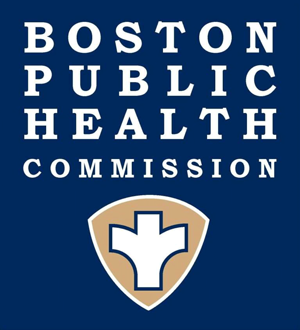Public Resources
Public Resources
Preparing for Active Assailant Incidents [edit]
No business or organization is immune from violence and its far-reaching effects. In an active assailant incident, individuals can take steps to mitigate the impacts of these traumatic events and help to save lives. Increasingly frequent active shooter incidents¹ underscore the need for collaboration and preparation among first responders, first receivers, healthcare organizations, volunteer organizations and their employees, public health personnel, emergency managers, and others. The following knowledge base will provide individuals with information on how to prepare, respond, recover, provide training, and otherwise manage the consequences of an active assailant incident.
Contents[edit]

- Overview of Active Shooter Incidents
- Planning for an Active Shooter Situation
- Training & Exercises
- Managing Post-Incident Consequences
Reference(s):
¹Gorman, S., & Gorman, S. (2022, May 24). FBI counts 61 'active shooter' incidents last year, up 52% from 2020. Reuters. Retrieved June 30, 2022, from https://www.reuters.com/world/us/fbi-counts-61-active-shooter-incidents-last-year-up-52-2020-2022-05-24

